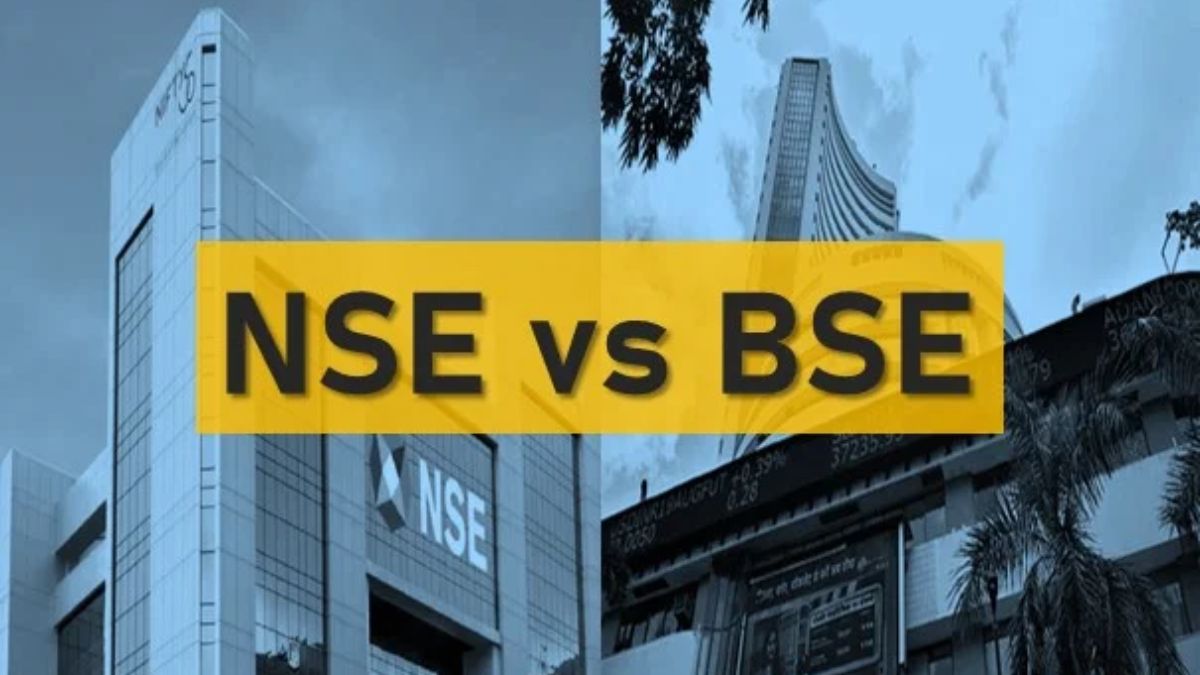BSE vs NSE: Which Is Better for Stock Market Beginners in 2024?
Introduction BSE vs NSE In the bustling world of stock trading, where every decision counts, choosing the right platform is crucial, especially for beginners stepping into the dynamic realm of the stock market. The BSE vs NSE stand as two pillars of India’s financial landscape, each with its own merits and demerits. Choosing between the Bombay Stock Exchange (BSE) and the National Stock Exchange (NSE) for beginners in 2024 depends on several factors, including ease of use, accessibility, trading fees, liquidity, and the availability of educational resources. But which one is better suited for beginners in the year 2024? Let’s explore both the option to uncover the answer. Here’s a comparison to help you decide: Understanding BSE vs NSE Bombay Stock Exchange (BSE): Established in 1875, BSE is Asia’s oldest stock exchange and ranks among the world’s top exchanges in terms of market capitalization. BSE facilitates trading in equities, derivatives, mutual funds, and debt instruments. It is renowned for its benchmark index, the Sensex, which comprises 30 of the largest and most actively traded stocks on the exchange. Image Source: bl-i.thgim.com National Stock Exchange (NSE): Founded in 1992, NSE is a relatively newer entrant but has quickly risen to prominence, becoming the largest stock exchange in India by both trading volume and market capitalization. NSE offers a wide range of financial products, including equities, derivatives, exchange-traded funds (ETFs), and debt securities. Its flagship index, the Nifty 50, tracks the performance of 50 large-cap stocks listed on the exchange. Image Source: livemint.com Accessibility and Liquidity: Both BSE vs NSE are major stock exchanges in India, offering a wide range of listed companies and financial instruments. However, NSE is typically considered more liquid and has higher trading volumes compared to BSE. Higher liquidity can result in narrower bid-ask spreads and better price discovery, making it potentially more suitable for beginners. Trading Fees: The trading fees charged by brokers may vary between BSE vs NSE. Beginners should compare brokerage charges, transaction fees, and other costs associated with trading on each exchange to determine which one offers the most cost-effective solution. Ease of Use and Technology: NSE is known for its advanced trading technology and user-friendly trading platforms, which can be beneficial for beginners who are just starting to navigate the stock market. BSE also offers online trading platforms and mobile apps, but it’s essential to assess the usability and features offered by each exchange’s trading platforms. Educational Resources: Both BSE vs NSE provide educational resources and investor awareness programs to help beginners understand the basics of investing and trading in the stock market. Beginners may want to explore the educational materials, seminars, webinars, and online courses offered by each exchange to enhance their knowledge and skills. Regulatory Oversight: Both BSE vs NSE are regulated by the Securities and Exchange Board of India (SEBI), which ensures fair and transparent trading practices in the Indian capital markets. Beginners can have confidence in the regulatory oversight provided by SEBI, regardless of the exchange they choose to trade on. Conclusion Ultimately, the choice between BSE vs NSE for beginners in 2024 depends on individual preferences, trading objectives, and comfort levels. It’s advisable for beginners to research and compare the features, services, and costs offered by both exchanges before making a decision. Additionally, seeking guidance from experienced investors or financial advisors can help beginners navigate the complexities of the stock market more effectively. In conclusion, BSE vs NSE offer viable options for beginners venturing into the stock market in 2024. While NSE may appeal to those seeking advanced trading features and higher liquidity, BSE’s legacy and stability can instill confidence in risk-averse investors. Beginners are encouraged to conduct thorough research, seek guidance from financial experts, and start with small investments to gain hands-on experience and navigate the complexities of the stock market effectively. With diligence and perseverance, beginners can embark on a rewarding journey towards financial success, regardless of whether they choose BSE, NSE, or both. Also read our previous news: शेयर बाजार शनिवार, 2 मार्च को भी खुलेगा। सर्किट लिमिट और इंट्राडे-डे में ये बदलाव समस्या पैदा कर सकते हैं। Muskan BansalMuskan Bansal is a finance enthusiast with a keen interest in financial news and sports. With a passion for staying up-to-date with the latest developments in the world of finance, Muskan combines a strong analytical mindset with a love for sports to gain a well-rounded perspective. Equipped with a deep understanding of both domains, Muskan seeks to bridge the gap between finance and sports, exploring the intersection of these two diverse fields.







